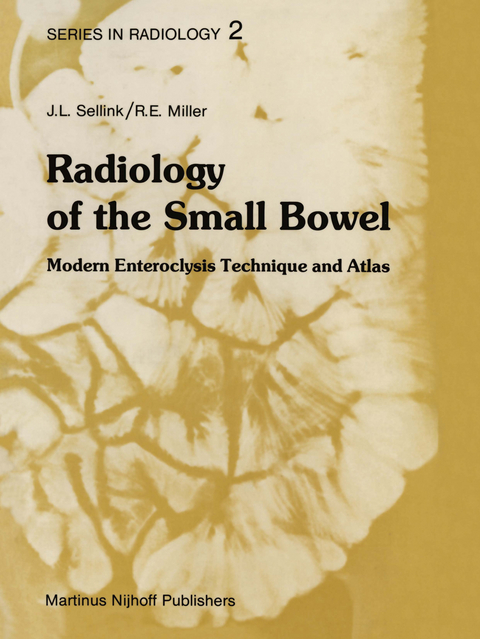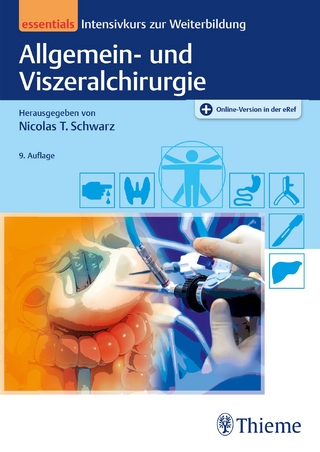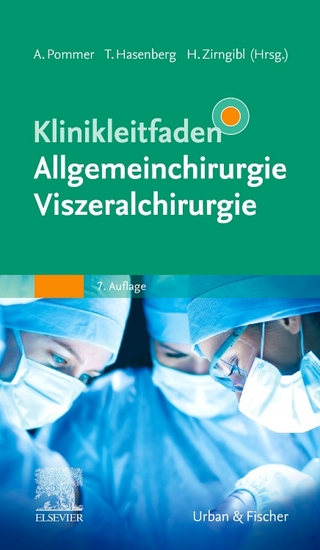
Radiology of the Small Bowel
Springer (Verlag)
978-94-009-7432-6 (ISBN)
1. Introduction.- 2. Anatomy.- 1. Normal mucosa in the small intestine.- 2. Normal position of the intestine.- 3. Normal impressions on the intestine.- 4. Filling defects between the intestinal loops.- 3. Physiology.- 1. Innervation and motility.- 2. Gastric emptying and transit time.- 4. The Contrast Medium.- 1. General considerations.- 2. Sedimentation of the contrast medium.- 3. Flocculation of the contrast fluid.- 4. Segmentation of the contrast column.- 5. Additives to the contrast medium for the purpose of improving stability and adhesion.- 6. Relationship between viscosity, particle size, and adhesion of the barium suspension.- 7. Specific gravity of the contrast fluid.- 8. Contrast media other than barium sulfate.- 5. Methods of Examination.- 1. ‘Physiological’ examination of the small intestine.- 2. Single administration of the contrast medium.- 3. Fractional administration of the contrast medium.- 4. Administration of cold fluids with the contrast medium.- 5. Administration of the contrast medium through a tube directly into the small intestine (enteroclysis).- 6. Retrograde administration of the contrast fluid.- 7. Combined methods of examination.- 8. Use of drugs to accelerate transit.- 6. General Considerations.- 7. The Enteral Contrast Infusion.- 1. Preparation of patients.- 2. Duodenal intubation.- 3. Partial gastrectomy.- 4. Special types of tubes.- 5. Administration of contrast fluid.- 6. Administration of water after the barium suspension.- 7. Administration of air after contrast fluid.- 8. Compression technique.- 8. Basic Signs of Abnormality.- 1. Changes in the mucosal patterns.- 2. Lymph follicles — nodules — polyps.- 3. Foreign bodies and filling defects in the contrast fluid.- 4. Ulcerations.- 5. Deformation of the intestine.- 6. Dilutionof the contrast fluid — haziness — mucus secretion.- 7. Disintegration and misleading patterns.- 8. Malabsorption.- 9. Motility 180 Bibliography: chapters 1–8.- 9. Inflammation and Inflammatory-Like Diseases.- 1. General.- 2. Crohn’s disease.- 3. Reflux ileitis.- 4. Yersinia EC infections.- 5. Eosinophilic gastroenteritis.- 6. Radiation enteritis.- 7. Whipple’s disease.- 8. Aspecific ulcers.- 9. Appendicular infiltrates.- 10. Zollinger-Ellison disease.- 11. Radiological manifestations of serum protein disorders.- 10. Tumors.- 1. General.- 2. Polyposis.- 3. Benign tumors.- 4. Semimalignant tumors.- 5. Malignant tumors.- 6. Metastasis.- 11. Vascular Diseases.- 1. Ischemia due to impaired arterial flow.- 2. Graft versus host syndrome.- 3. Impaired venous flow.- 4. Periodic vascular insufficiency.- 5. Hemorrhage.- 12. Disturbed Motility.- 1. Drug-induced atony of the small bowel.- 2. Collagen diseases.- 3. Adult celiac disease (W.F.H. Müller).- 4. Amyloidosis.- 13. Congenital Anomalies.- 1. Abnormal positioning of the entire small bowel: disturbed rotation or fixation.- 2. Abnormal or fixed positioning of several intestinal loops: internal hernia.- 3. Duplications.- 4. Diverticulosis.- 5. Meckel’s diverticulum.- 14. Ileus — Fusion — Bands — Volvulus — Intussusceptions — Incisional Hernia.- 1. Ileus.- 2. Fusion — bands.- 3. Volvulus.- 4. Intussusceptions.- 5. Incisional hernia.- 15. The Enteroclysis Examination of Infants.- 1. Preparation.- 2. Duodenal intubation.- 3. The contrast fluid.- 4. The examination.- 5. Results.- 16. Common Errors and Failures.- 1. Preparation.- 2. Execution of the examination.- 3. General mistakes and failures.
| Reihe/Serie | Series in Radiology ; 2 |
|---|---|
| Zusatzinfo | 495 p. |
| Verlagsort | Dordrecht |
| Sprache | englisch |
| Maße | 210 x 280 mm |
| Themenwelt | Sachbuch/Ratgeber ► Natur / Technik ► Garten |
| Medizinische Fachgebiete ► Chirurgie ► Viszeralchirurgie | |
| Medizinische Fachgebiete ► Innere Medizin ► Gastroenterologie | |
| Medizinische Fachgebiete ► Radiologie / Bildgebende Verfahren ► Radiologie | |
| ISBN-10 | 94-009-7432-9 / 9400974329 |
| ISBN-13 | 978-94-009-7432-6 / 9789400974326 |
| Zustand | Neuware |
| Haben Sie eine Frage zum Produkt? |
aus dem Bereich


